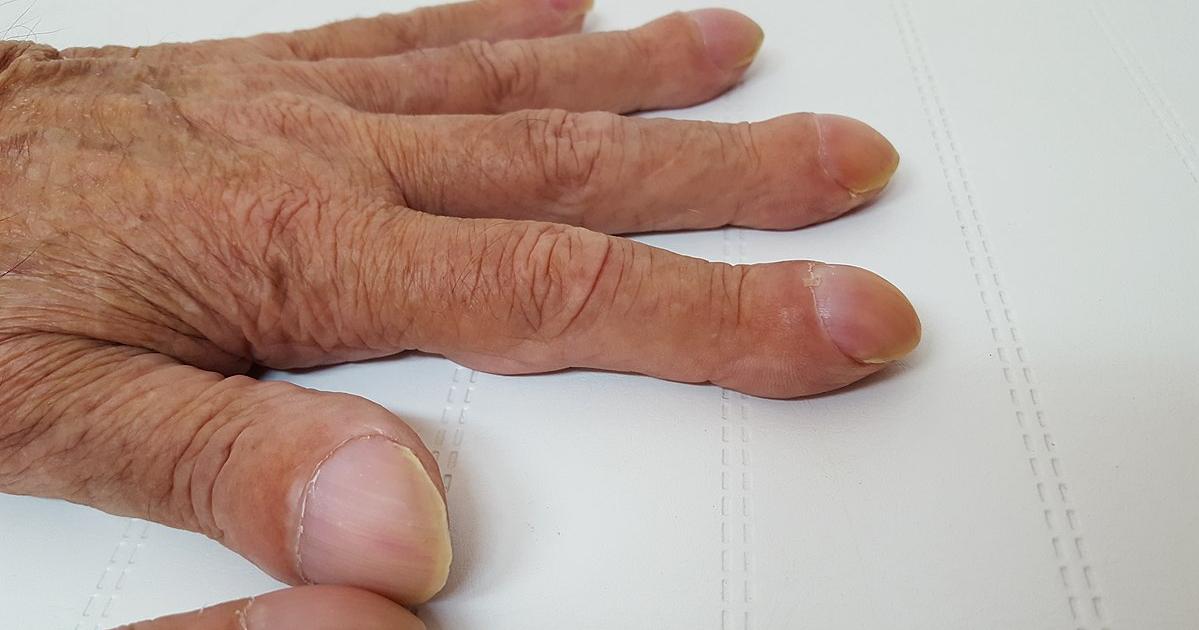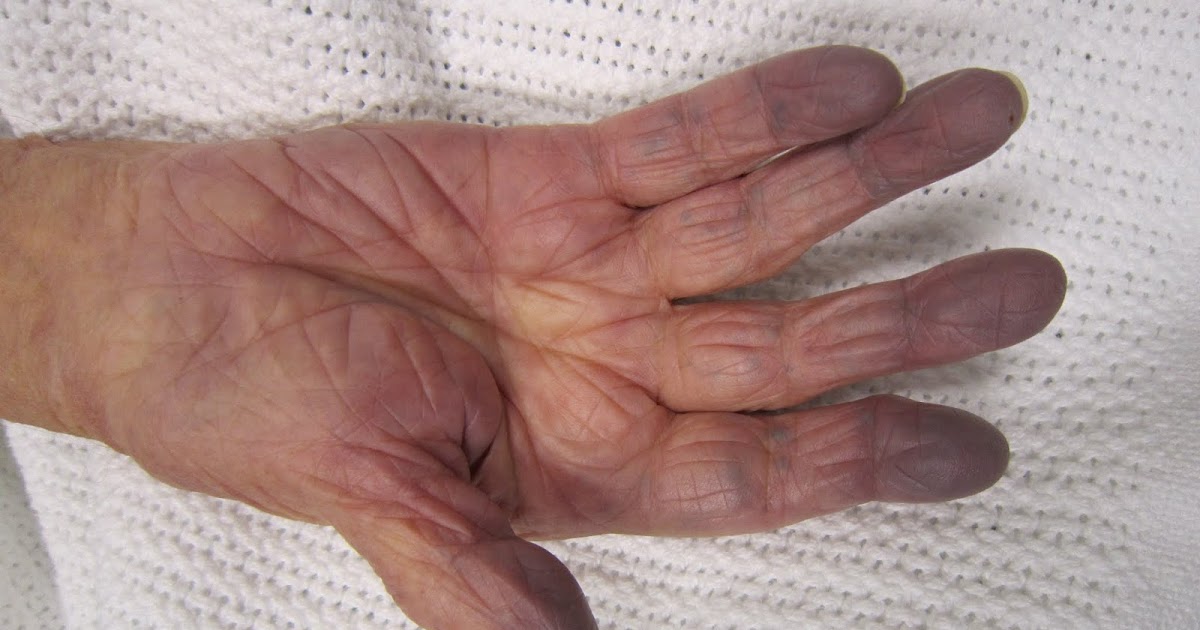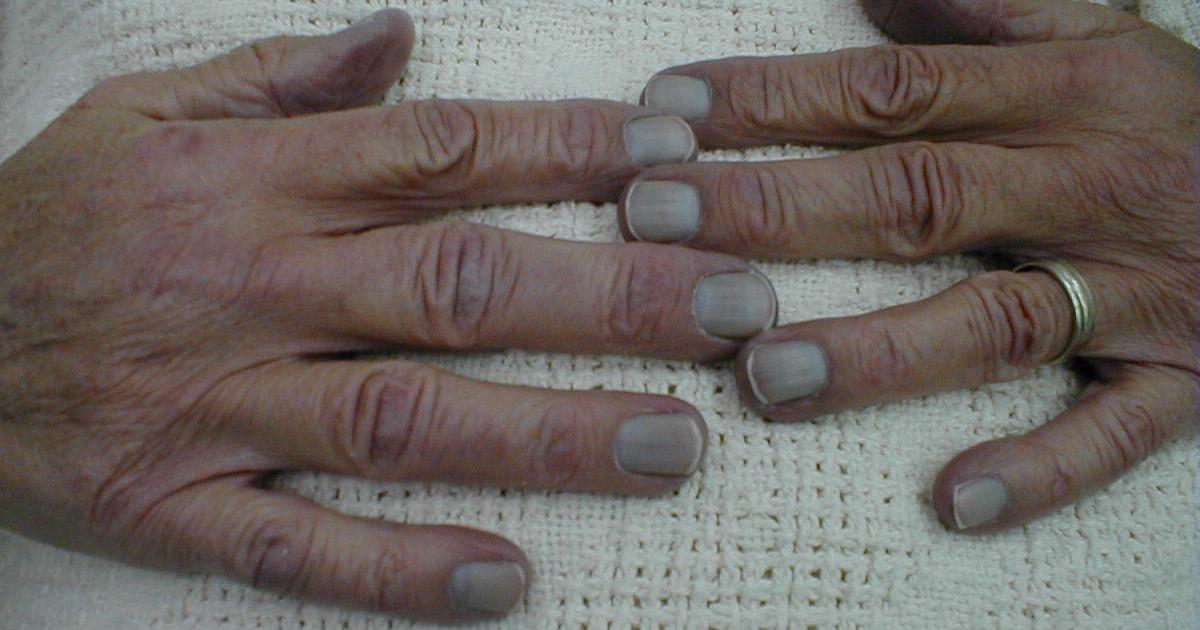Guide To Hepatopulmonary Syndrome Warning Signs
Hepatopulmonary syndrome is a condition characterized by low blood oxygen levels that are a result of small artery dilation in the lungs of liver disease patients. Due to the enlargement of blood vessels in the lungs, the red blood cells are unable to absorb oxygen properly. Poor oxygen absorption means the lungs and the circulatory system are unable to provide sufficient amounts of oxygen to the rest of the body. Hepatopulmonary syndrome could be a result of impaired clearance by the liver of chemicals that relax the blood vessels called vasodilators. It could also be the result of increased production of vasodilators, or it could be due to a decreased production of vasoconstrictors, chemicals that contract the blood vessels. The only treatment known to be effective for hepatopulmonary syndrome is a liver transplant.
Get familiar with the major warning signs of hepatopulmonary syndrome now.
Progressive Shortness Of Breath

Progressive shortness of breath (dyspnea) is the most common sign found in individuals who have hepatopulmonary syndrome. Even in the patients who have a relatively stable liver function, dyspnea will still progressively worsen over time. The reason why dyspnea occurs is the dilation of blood vessels in the lungs allows for more blood to flow through them. This blood flow increases to the point where the lungs can no longer sufficiently oxygenate it all. The blood also flows through the lungs at a faster speed than normal, which gives the red blood cells less time to absorb oxygen. The lungs compensate for this by attempting to inhale enough oxygen to meet the needs of the blood flowing through them. A fast respiration rate can make an individual feel as if they cannot catch their breath or are out of breath. Many hepatopulmonary syndrome patients present with platypnea or breathlessness that occurs when they are in the upright position and improves upon lying down. Platypnea occurs because of the effect gravity has on the blood flowing through the lungs. When lying down, there is a better distribution of blood throughout the lungs than when sitting or standing upright.
Continue reading to reveal more symptoms of hepatopulmonary syndrome now.
Liver Disease Symptoms

Hepatopulmonary syndrome is a complication of liver disease. Liver disease can occur as a result of genetic factors, infection of certain viruses, or lifestyle choices that cause damage to the liver. Because this condition occurs alongside liver disease, symptoms of a diseased liver will manifest before hepatopulmonary syndrome symptoms do. Jaundice is a common sign of liver disease that makes the white of the eyes and the skin appear yellow. When a diseased liver has progressed to cirrhosis or scarring of the liver, abdominal pain and swelling will become increasingly pronounced. Dark urine, pale stool, or blood in the stool can also be indicative of liver disease. As liver function declines, the patient will experience chronic fatigue and weakness. Due to built up toxicity in the body, nausea and vomiting often occur in individuals with a compromised and diseased liver. They may also have itchy skin, bruise easily, and exhibit a marked loss of appetite. Hepatopulmonary syndrome most often presents with one or more liver disease symptoms in addition to the symptoms associated with decreased blood oxygen levels.
Learn more about what can indicate the presence of hepatopulmonary syndrome now.
Finger Or Toe Clubbing

Finger or toe clubbing are often seen in numerous disorders that cause malabsorption and low blood oxygen levels. Clubbing occurs when there is a build up of tissue in the distant areas of the fingers that causes the nails to curve downward and the ends of the fingers to become enlarged. It starts with a build-up of fluid in the ends of the fingers or toes, and over time connective tissue develops. The volume and density of the tissues in affected areas will increase as more tissues develop. This tissue swelling causes distortion of the normal nail plate and skin placement. The base of the nail will also become swollen, red, and spongy-like. While finger and toe clubbing may sound painful, most patients who experience clubbing will not feel any pain from it. The occurrence of clubbing in individuals with hepatopulmonary syndrome could be a result of blood vessel dilation in the distant areas of the fingers that may trigger the development of extra connective tissue.
Get the details on more hepatopulmonary syndrome warning signs now.
Cyanosis

Cyanosis is a condition where the fingertips, feet, or hands turn blue because they are not receiving an adequate supply of oxygenated blood. Many things can cause cyanosis to occur such as circulation problems, tight jewelry, and cold temperatures. The lips, tongue, and other parts of the body can also be affected. When cyanosis occurs, the skin of the affected area turns blue or green and feels cold to the touch. The most common areas affected are the fingertips and feet because they are the most distant from the heart, which means the blood has to travel further to reach the hands and feet. The dark coloring of the affected areas is due to the dark red color of the oxygen-poor blood. The dark red underneath the skin reflects more blue light, making the skin appear a blue or green hue. Oxygen-rich blood is bright red and does not reflect blue light. Hepatopulmonary syndrome patients will experience cyanosis because they are not carrying enough oxygen in their red blood cells to deliver to the affected areas. Essentially, there is adequate blood flow, but there is not enough oxygen present in that blood.
Discover more symptoms of hepatopulmonary syndrome now.
Hypoxemia

When levels of oxygen in the blood are lower then they should be, the condition is called hypoxemia. This happens in individuals who have hepatopulmonary syndrome because they cannot oxygenate all of the extra blood that flows through their lungs. The impairment of this process means not all of the blood the heart pumps out to the tissues of the body is fully oxygenated. In addition, hepatopulmonary syndrome causes the development of blood vessels that connect the small arteries and veins in the lungs to each other. These extra blood vessels will cause any blood that does absorb oxygen to become diluted with oxygen-poor blood. This mixture of oxygen-rich and oxygen-poor blood most often results in an overall drop in blood oxygen levels. This decrease will cause a patient to experience shortness of breath, a fast heart rate, confusion, rapid breathing, changes in skin color, headache, coughing, wheezing, and coma. If this condition becomes severe, tissues around the body, including in the brain and heart, can experience cell death due to oxygen deprivation. This condition is one of the primary concerns in patients who have hepatopulmonary syndrome.